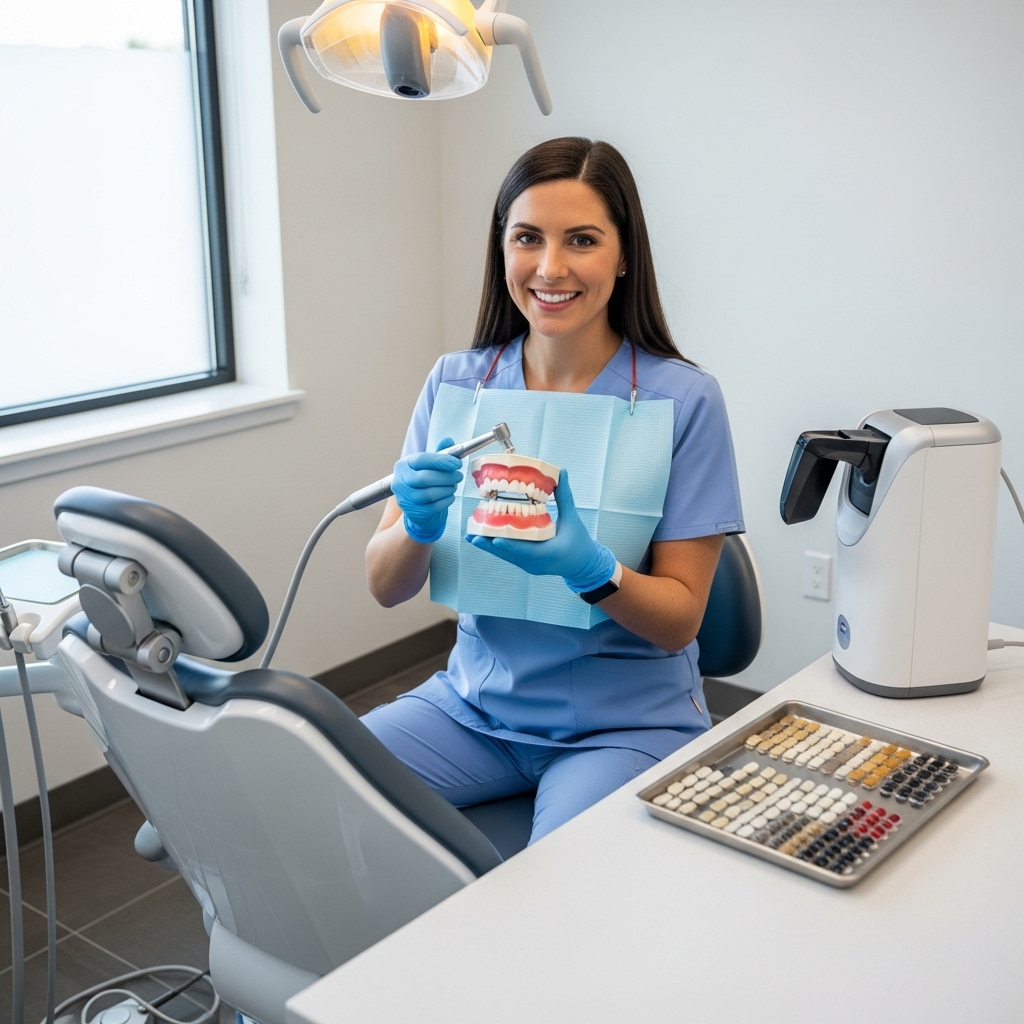Modern dentistry has expanded beyond addressing cavities and toothaches. Understanding the role of a cosmetic dentist in modern dentistry is essential for anyone looking to improve their smile, confidence, and overall oral health. Cosmetic dentists specialize in treatments that enhance the appearance of teeth, gums, and bite alignment while supporting dental function.
Understanding the Role of a Cosmetic Dentist in Modern Dentistry for Smile Enhancements
Understanding the role of a cosmetic dentist in modern dentistry starts with recognizing how these professionals enhance smiles using advanced techniques. Cosmetic dentists perform procedures such as teeth whitening, veneers, bonding, and contouring to improve tooth color, shape, and alignment. Teeth whitening removes stains caused by coffee, tea, smoking, or aging, giving patients a noticeably brighter smile in a short time.
Veneers are another common treatment where thin porcelain shells are bonded to the front of teeth to conceal imperfections like cracks, chips, or deep stains that whitening cannot address. They also correct minor misalignments, making them a versatile solution for various cosmetic concerns. Bonding involves applying composite resin to repair chipped or worn teeth, seamlessly matching the natural enamel shade.
Cosmetic dentists also perform gum reshaping to correct uneven gum lines or excessive gum display when smiling. This procedure creates a balanced and attractive gum-to-tooth ratio, enhancing overall smile aesthetics. These services combine to boost confidence, improve first impressions, and support personal and professional interactions.
Understanding the Role of a Cosmetic Dentist in Modern Dentistry for Function and Oral Health
While aesthetics are a significant focus, understanding the role of a cosmetic dentist in modern dentistry includes their contribution to functional and oral health improvements. Procedures like dental implants are both cosmetic and restorative, replacing missing teeth with a permanent, natural-looking solution that preserves jawbone density and prevents teeth from shifting.
Orthodontic treatments, such as Invisalign, are also part of cosmetic dentistry. Straightening teeth improves bite alignment, reduces the risk of uneven enamel wear, and makes oral hygiene more effective by eliminating crowded areas where plaque can accumulate. Cosmetic dentists work closely with general and restorative dentists to create comprehensive treatment plans that enhance appearance and maintain dental health.
Another essential aspect of their role is patient education. Cosmetic dentists guide patients in maintaining their results through proper oral hygiene practices, diet choices that prevent staining, and regular dental visits for professional cleanings. This proactive approach ensures long-term results and supports overall health.
Understanding the role of a cosmetic dentist in modern dentistry shows that these professionals do more than create beautiful smiles. They enhance function, improve oral health, and positively impact confidence and wellbeing. For anyone seeking a smile transformation with lasting benefits, consulting a cosmetic dentist is a practical step towards achieving both aesthetic and health goals.
Read More:
Why You Should Visit a Cosmetic Dentist: An Overview for Patients





